
GUEST BLOGGER DEBRA KEMPF SHUMAKER
Freaky, Funky Fish: Odd Facts About Fascinating Fish celebrates the strange and odd ways fish have adapted to survive in the waters they live in. The rhyming text highlights the unusual things some they do or the strange ways they look. The text is partnered with fun and whimsical illustrations that can spark discussions of why certain fish look or act the way they do. The back matter can be used to confirm/correct assumptions from the discussion.
Define adaptation
Begin a class discussion about the definition of adaptation, and then segue into how particular animals adapt to their environment.
- An adaptation is a physical feature or a behavior that animals have developed to survive in the environments they live in. For example,
- Mammals that live in cold environments often have thick fur.
- Animals that swim often have webbed feet.
- Animals that eat meat often have sharp teeth.
- Discuss: There are more than 32,000 species of fish. Not all of them look and act the same.
Fish-y adaptations
- What are some general adaptations that fish have in common to live in the water? Record answers.
- They all swim.
- Fins and tails that help them swim.
- Gills to get oxygen from the water
- Scales for protecting their bodies (most, but not all fish have scales—hagfish, lampreys, and a few others do not. They have different adaptations to protect their bodies.)
- Ask students if they know of any different, or strange ways fish act or look to survive in their specific habitat? Record answers.
- What about their habitats might require unique adaptations? Record answers.
Now read Freaky, Funky Fish. As you read, remind kids to consider WHY fish might look or act the way they do in the story.
A focus on fins
Now, lead a class discussion with a focus on one adaptation—fins.
- Pectoral fins are on the side and pelvic fins are on the belly.
- In the book, there are some fish that have adapted to use their pectoral and pelvic fins in unique ways. How were they using these fins?
- Climbing: The mudskipper uses its pectoral and pelvic fins to climb out of the water onto land. Some climb up trees. Video of mudskipper from Nat Geo Wild.
- “Flying”: The flying fish uses their large, wing-like pectoral fins to glide in the air. Video of flying fish from BBC.
- Creeping: A sea robin’s pectoral fins have three “feet” or rays sticking down that allow them to creep on the sea floor. Video of searobin creeping from NOAA.
- Creeping: A frogfish’s pelvic and pectoral fins are short and used as “legs” to creep across the sea floor. Video of frogfish creeping from Oceana.
Other fish-y adaptations
Discuss: What other adaptations did you see in the book? Why do you think that fish look or act that way? (This could be a class discussion or a team project.)
Create a chart similar to the one below. Fill out first two columns of the chart with what students remember from the main text and their guesses as to why the fish look or act that way. Then, ask students to use the back matter to fill in the last two columns of the chart. Your chart may look something like this:
| Adaptation | Why? (Class guesses) | Name of Fish | Answer from back matter, if explained |
| Zap | electric torpedo, catfish, etc. | defense, catch prey | |
| Sting | scorpionfish, stingray, etc. | stun prey or defend themselves | |
| Sing | Lots – clownfish, oyster toadfish, etc. | find mates, defend territories, etc. | |
| Shake and swat | hammerhead shark | find mate | |
| Coats with snot | parrotfish | possibly protection from predators or pests | |
| Etc. |
Note sometimes there is no clear explanation for why animals look or act the way they do, such as the barreleye fish and it’s see-through head (see featured image by GreenAnswers.com,licensed under CC BY-NC-SA 2.0).
Someday a scientist may figure out the “why”. Maybe some of your students will!
More fish-y activities
- Geography link: Ask students to use the end papers and the back matter to identify on a world map where the various fishy characters from the book live.
- Writing link: The text of this book is written in rhyme with a “headless” iambic meter—every other syllable is stressed, though it omits an unstressed syllable at the beginning of some lines. Challenge students to research other fish or a different group of animals, find “freaky” or “funky” adaptations and write a pair of rhyming lines with an iambic meter.
Debra Kempf Shumaker started reading at the age of four and hasn’t stopped since. She grew up on a small dairy farm in Wisconsin but now writes picture books from her home in the suburbs of Northern Virginia. She is the author of FREAKY, FUNKY FISH (Running Press Kids: May 4, 2021), TELL SOMEONE (Albert Whitman: October 1, 2021), and PECULIAR PRIMATES (Running Press Kids: Fall 2022). Visit her online at www.debrashumaker.com or or on social media at @ShumakerDebra on Twitter or @debrakshumaker on Instagram.



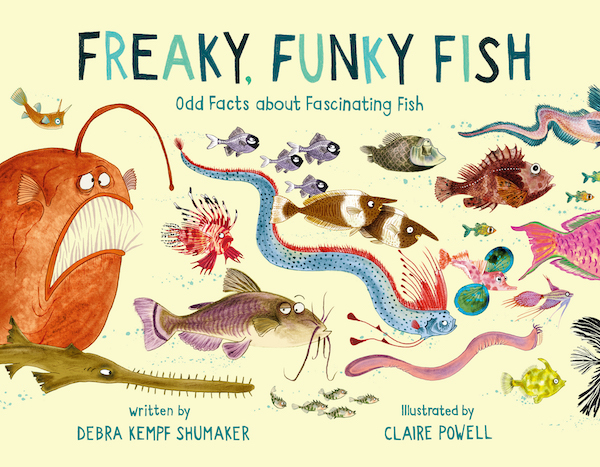
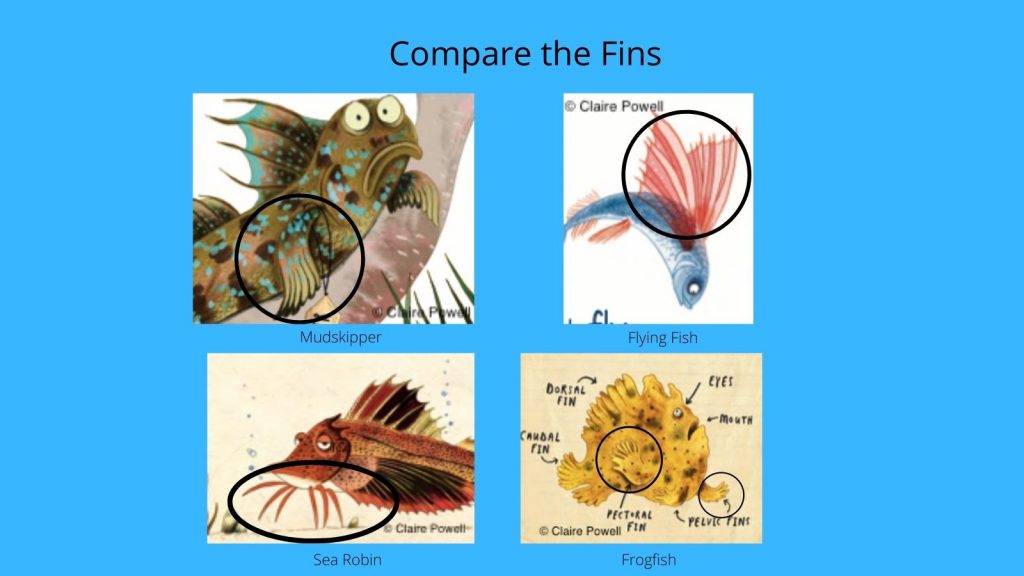

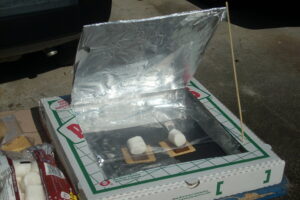
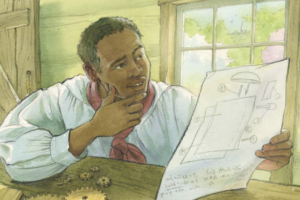
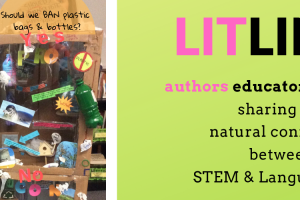


Leave a Reply
Your email is safe with me.